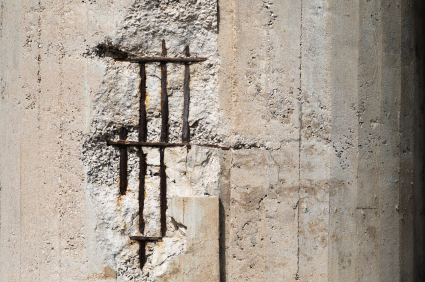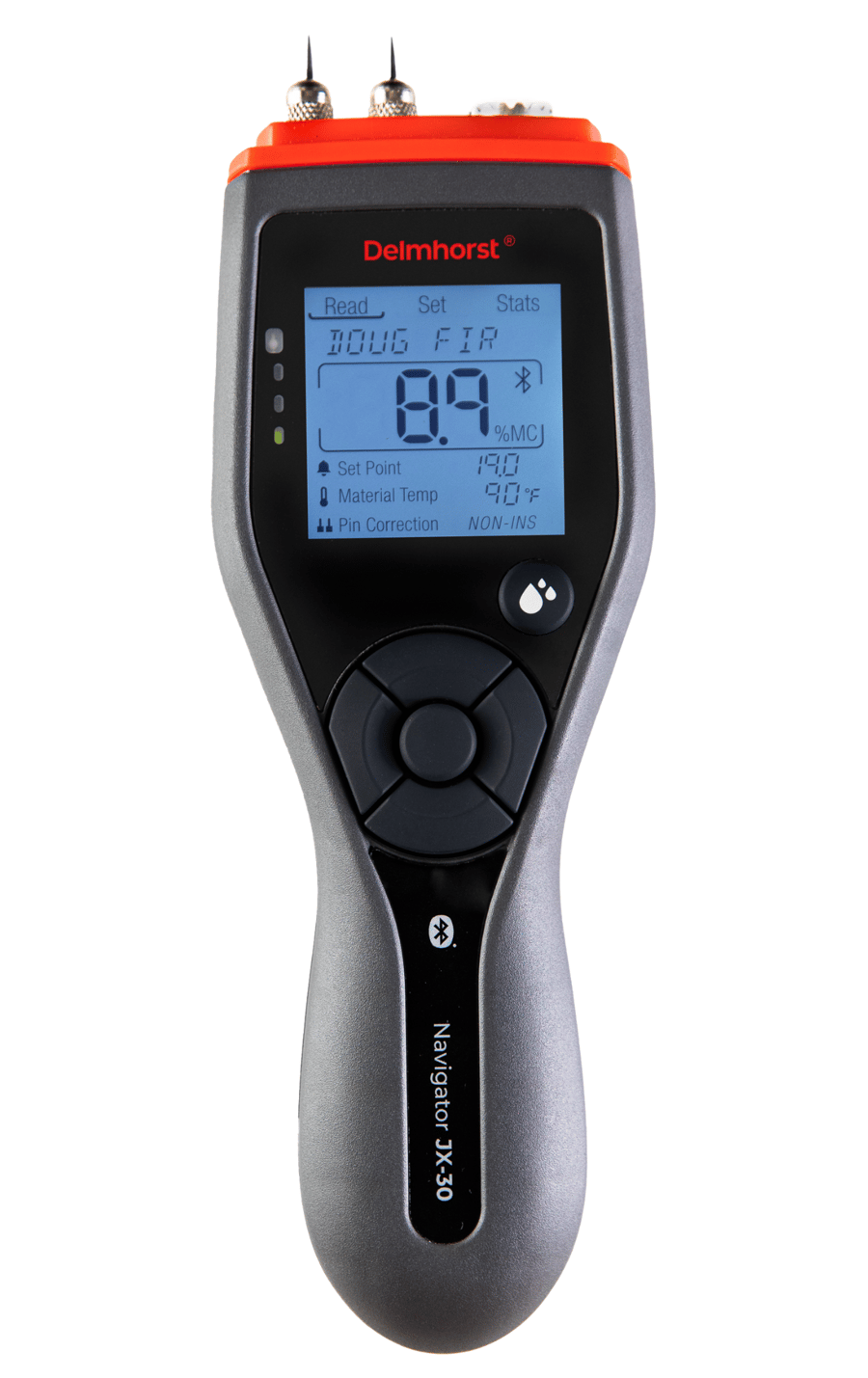Concerned About Mold? Moisture Meters Can Help

A high-quality moisture meter goes beyond simply detecting how much water is in a particular structure. They pinpoint the precise problematic spots hidden within or behind the surface to show areas of potential mold buildup. For thorough inspections to eliminate mold, fungi and to ensure a solid structure, we’ll highlight the importance of using a moisture meter on your next project.
Accurate Detection and Safety Assurance
It’s below the surfaces of walls or floors where the spread of hazardous mold can cause damage. Bodies of moisture hide underneath the surface in moisture pockets and aren’t detectable by the naked eye.
Mold spores linger on surfaces and often survive thorough cleaning and drying attempts. Using moisture meters, however, you can identify these pockets of moisture to find where congregations of spores may exist. Knowing where moisture exists in a structure vastly improves your efforts to eliminate mold.
For home repairs, building inspections or simple safety checks, moisture meters are incredibly powerful and accurate tools that identify where mold colonies may exist to property owners before a minor problem turns into a significant hazard. Unattended moisture can quickly facilitate the growth of mold which greatly ruins property value and can cause severe health issues.
Today’s meters show when moisture has compromised the integrity of a structure and can easily identify the safety of a home that has suffered flood damage. With the accuracy of this technology, home buyers and sellers can rest easy knowing the moisture status of their property as this can be a deciding factor in many sales.
How Moisture Meters Work
Today, there are two variations of meter technology that detect moisture penetration, wet pockets and mold development.
Pin-type meters use wood, cellulose fibers and other hygroscopic materials as a circuit element, sending electrode currents through the material with two pins. This method is based on the principle of electrical resistance.
Pin-less meters perform the same function, but use radio frequency signals in place of electrical currents. These meters emit signals into the scanned surface without physically entering or damaging the tested surface.
Pin-less meters are ideal for scanning larger surface areas in less time and are best used to highlight areas for further testing and inspection. On the other hand, pin-type meters are better suited for exact and precise measurements and can read moisture levels at various penetration points and locations.
Mold spores develop in wood surfaces with moisture content (MC) readings above 20%. Other materials, such as drywall, have different tolerances for moisture content.
Where Hidden Mold Can Grow
Mold colonies, typically preventable with routine maintenance, sometimes grow in unanticipated or hard to identify areas. If left undetected, these colonies can grow and pose serious, sometimes fatal health risks and complications.
Knowing where to look and scan with a professional moisture meter can be the difference between catching young colonies and dealing with devastating mold later on. Some of these hidden spots where mold spores and colonies can develop include:
- Beneath tile, wood flooring, subfloors and carpets
- Between walls and within drywall
- Insulation material between walls
- Ceiling and roof leaking
- Dark, damp attics and basements
If left unchecked, minor moisture pockets and damp areas can quickly abet harmful mold growth, which greatly affects the value (and stability) of a property and the safety of persons in that property.
Preventative Measures: Early Detection
One of the great benefits of using moisture meters is their ability to detect moisture where mold and other dangerous building damage may exist before the problem grows in severity. This greatly minimizes the need for costly repairs and renovations should the mold spread.
Hidden moisture pockets can breed serious structural damage and an array of bacteria and insect activity. These agents can spread disease and create complicated health problems if left unattended or undetected.
Professional grade moisture meters give exact information about the scale and severity of moisture pockets and allow inspectors to use effective countermeasures to remediate. The effectiveness and accuracy of moisture meters give them an integral role in ANY toolbox for restoration experts, home inspectors or DIY carpenters.
To learn more about the powerful role moisture meters play in the identification of dangerous mold, contact us today or fill out our request form to see what type of moisture meter is ideal for your work.
Subscribe to Our Blog
Post Related

How Moisture Meters can save You Money


